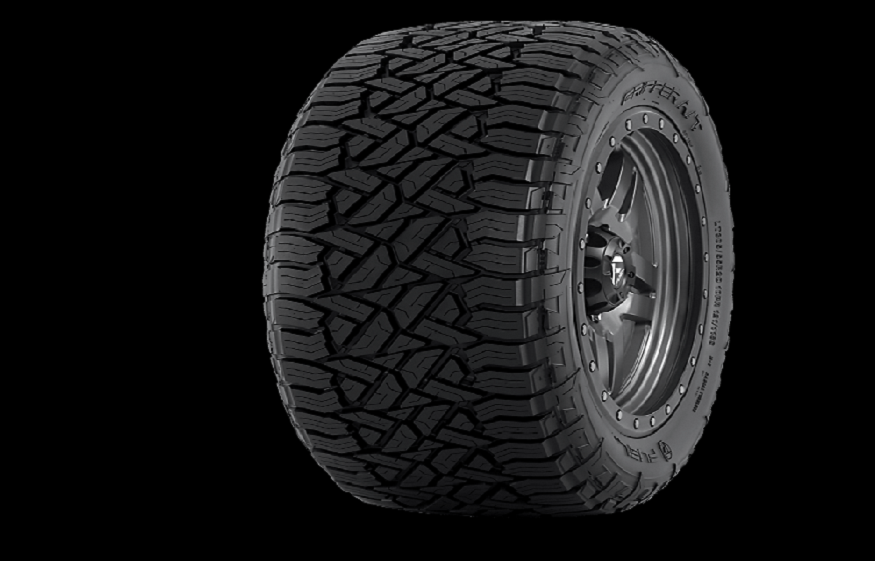Off-road tires are one of the most crucial components of a vehicle designed for rugged terrains. The right tires can dramatically improve traction, stability, and performance, ensuring a safe and enjoyable off-road experience. With so many options on the market, understanding the key factors that influence tire performance is essential. This guide breaks down everything you need to know to choose the best off-road tires for your vehicle.
Understanding Tire Types and Their Uses
Off-road tires come in various types, each suited for specific terrains. Mud-terrain (MT) tires are designed for deep mud and loose surfaces, featuring aggressive tread patterns for maximum grip. All-terrain (AT) tires offer a balance between on-road comfort and off-road capability, making them ideal for versatile use. Rock-crawling tires are built for navigating sharp rocks and uneven surfaces, with reinforced sidewalls to withstand punctures.
Knowing your primary off-road activities will help you choose the right type. For instance, if you frequently encounter sandy dunes, consider sand-specific tires with wide treads to prevent sinking. For mixed terrains, all-terrain tires provide a reliable middle ground without compromising performance.
Key Factors to Consider When Selecting Off-Road Tires
Tread Design: The tread pattern directly impacts traction and handling. Deeper treads are better for mud and loose terrain, while narrower patterns excel on rocky or hard-packed surfaces. Look for self-cleaning designs that prevent debris buildup.
Load Rating: Tires must support your vehicle’s weight and any additional cargo. Check the load rating to ensure your tires can handle the demands of off-road adventures without compromising safety.
Durability: Off-road conditions can be harsh, so opt for tires with reinforced sidewalls and puncture-resistant materials. Durable tires reduce the risk of flats and provide longer-lasting performance.
Size and Fit: Ensure the tires are compatible with your vehicle’s specifications. Larger tires may require suspension modifications to avoid rubbing against the fenders, so consult your vehicle’s manual or a professional if upgrading tire size.
Comparing Leading Off-Road Tire Brands
Several brands have established themselves as leaders in the off-road tire market. BFGoodrich is renowned for its rugged designs and durability, particularly in the all-terrain and mud-terrain categories. Goodyear Wrangler tires are a popular choice for their excellent traction and advanced technology.
For rock crawling, Nitto offers specialized options with reinforced sidewalls and aggressive tread patterns. Meanwhile, Toyo delivers high-performance tires known for their durability and versatility across various terrains. Comparing features and reviews can help you identify the best fit for your specific needs.
Maintaining Your Off-Road Tires
Proper maintenance is essential to maximize the lifespan and performance of your off-road tires. Regularly check tire pressure, as fluctuations can affect traction and handling. Lowering tire pressure improves grip on soft surfaces like sand but should be returned to normal levels for hard-packed trails or road use.
Inspect tires for cuts, punctures, or uneven wear after each off-road trip. Rotating your tires periodically ensures even wear, prolonging their life. Cleaning the treads of mud and debris also prevents performance issues and helps maintain optimal grip.
Customizing Your Tires for Specific Terrains
In addition to choosing the right type of tire, customization can further enhance performance. Adding beadlocks prevents tires from separating from the rims at low pressure, a common issue in rock crawling. Siping, or adding small cuts to the tread, improves grip on wet or icy surfaces.
Upgrading to wider tires increases contact with the ground, offering better stability in sand or mud. However, it’s important to balance these customizations with your vehicle’s capabilities to avoid mechanical strain or unnecessary wear.
The Importance of Choosing the Right Off-Road Tires
Selecting the best off-road tires isn’t just about performance; it’s also about safety and efficiency. The wrong tires can compromise traction, reduce fuel economy, and increase the risk of accidents. By understanding your needs and matching them with the appropriate tire type, you can ensure a smoother and more enjoyable off-road experience.
Conclusion
Off-road tires are a vital investment for any enthusiast looking to explore rugged terrains. By understanding tire types, key features, and maintenance practices, you can choose the best options to enhance your vehicle’s performance. Whether tackling muddy trails, rocky paths, or sandy dunes, the right tires ensure your adventures are safe, efficient, and unforgettable.

